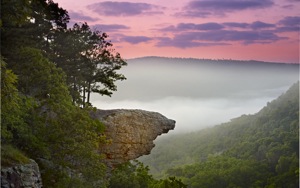Difference between revisions of "Crag"
From Nordan Symposia
Jump to navigationJump to searchm (Text replacement - "http://nordan.daynal.org" to "https://nordan.daynal.org") |
|||
| Line 2: | Line 2: | ||
==Origin== | ==Origin== | ||
| − | [ | + | [https://nordan.daynal.org/wiki/index.php?title=English#ca._1100-1500_.09THE_MIDDLE_ENGLISH_PERIOD Middle English], of [http://en.wikipedia.org/wiki/Celtic Celtic] [[origin]]; akin to [http://en.wikipedia.org/wiki/Welsh Welsh] ''craig'' rock |
*[http://en.wikipedia.org/wiki/14th_century 14th Century] | *[http://en.wikipedia.org/wiki/14th_century 14th Century] | ||
Revision as of 22:10, 12 December 2020
Origin
Middle English, of Celtic origin; akin to Welsh craig rock
Definitions
- 1: A steep or precipitous rugged rock.
- 2: A detached or projecting rough piece of rock.
- 3: A local name for deposits of shelly sand found in Norfolk, Suffolk, and Essex, and used for manure; applied in Geology to the Pliocene and Miocene strata to which these deposits belong, called, in order of age, the Coralline Crag, Red Crag, and Mammaliferous or Norwich Crag.
Description
- A steep rugged mass of rock projecting upward or outward, especially a cliff or vertical rock exposure in the north of England or in Scotland (Irish: creag, Scottish Gaelic: creag, Welsh: craig).
- A rock-climbers' term for a cliff or group of cliffs, in any location, which is or may be suitable for climbing
- Crag and tail, a geological formation caused by the passage of a glacier over an area of hard rock
